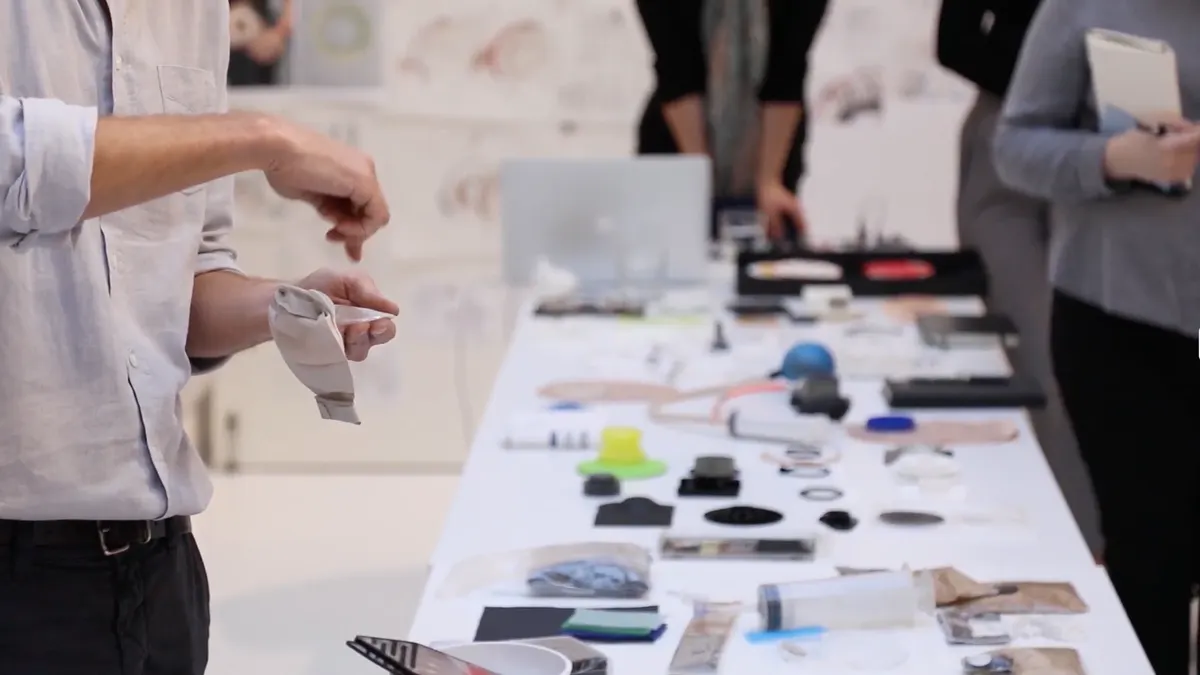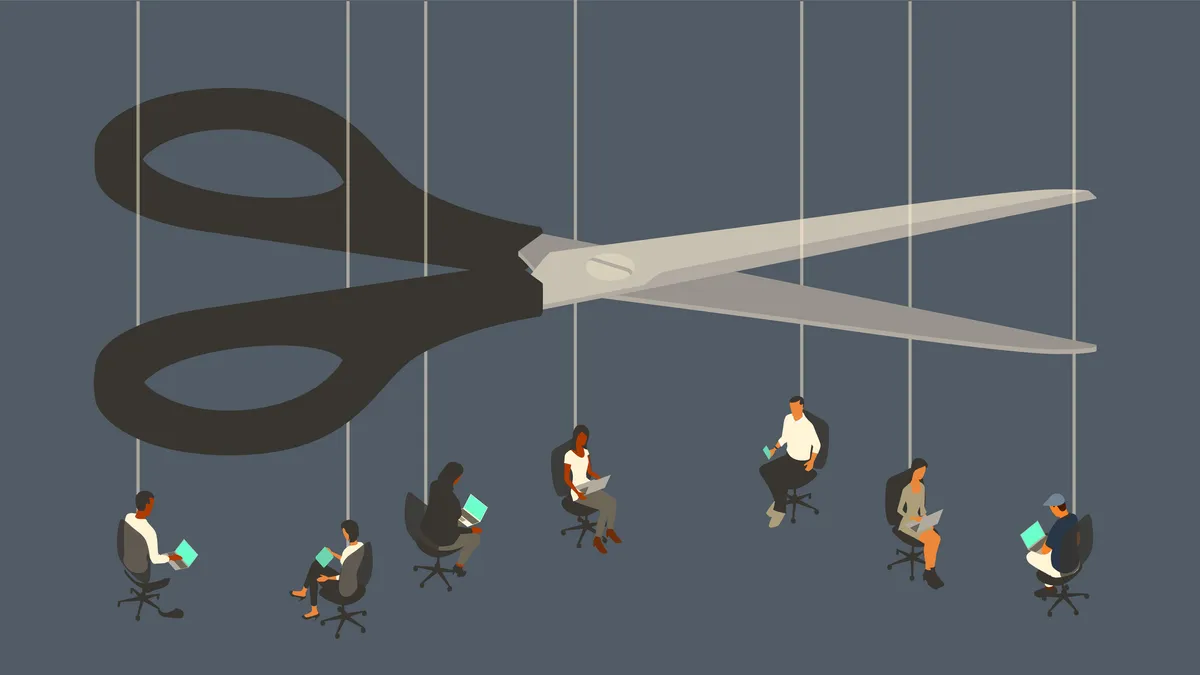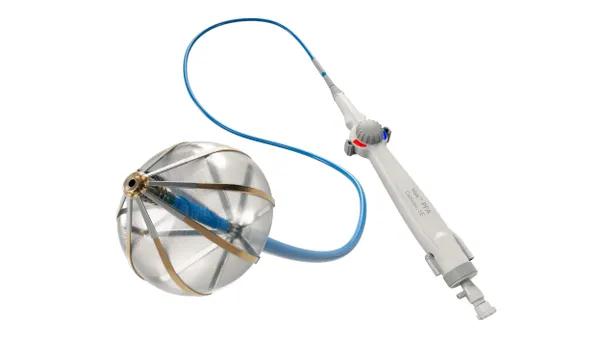Medtech is built on life-changing, life-critical product innovation.
But in today’s complex, fast-moving world, success can no longer be defined by science or clinical outcomes alone.
To lead in this era, medtech companies must expand how they innovate — combining scientific rigor with human connection, intuitive design, efficient operations and strategic clarity. True breakthroughs don’t come from any one of these elements alone, but from harmonizing all of them, early and intentionally.
Yet many companies take a cautious route, relying on incremental tweaks or acquisitions, leaning on scale and legacy advantages, only to be overtaken by those who act faster and more boldly.
“Innovating narrowly carries the same cost as innovating boldly,” says Marcus Hoggarth, President and CCO at Native Design. “The difference lies in the impact: The broader and braver the innovation, the greater the reward.”
For medtech companies that dare to innovate more broadly, the rewards can be transformative.
The importance of design-led innovation in medtech
Innovative design isn’t just about making things look good or work better. When applied early and strategically, it becomes a force that harmonizes every dimension of innovation — from clinical to commercial to regulatory.
Consumers and clinicians want solutions that deliver outcomes. But they also expect ease of use, emotional intelligence and trust. Design is what unifies these layers into a cohesive, compelling product.
“If two medtech companies offer the same solution, at roughly the same price, the one with the better experience — the more usable, beautiful, discreet product — will win every time,” says Hoggarth.
Coloplast, a Danish manufacturer of intimate care products — including for ostomy, continence and wound-care — learned this firsthand.
By collaborating with Native Design, Coloplast developed more cost-effective, profitable products that were easier to use and more discreet — designed to meet the needs of a diverse range of users.
After making the design changes, Coloplast’s sales and share price increased dramatically, and its market cap went from €2 billion to €30 billion. This shift in design and innovation earned them global recognition, including being named one of the world’s most innovative companies by Fast Company.
The collaboration also enabled Coloplast to set the stage for future economies of scale. Time to market for new products, as well as costs, were significantly reduced.
Enhanced experience design can also lower end customer costs. Illumina, a US manufacturer of genome sequencers, partnered with Native Design to create the NextSeq2000 device and its end-to-end sequencing system, from consumables to screen interactions. The intuitive experience, dubbed “the Ferrari of sequencing machines” by one technician, helps reduce workflow errors and increase throughput.
There are sustainability benefits too. Hoggarth shares an example of a client developing a life-changing, wearable health monitor. Current devices in the market generate excessive electronic waste by requiring users to discard expensive components, like microcontrollers and batteries, every 14 days.
A new modular system being developed through early-stage innovation and design has reusable components, minimizing waste and extending the product lifecycle. This approach lowers the carbon footprint, reduces costs, expands access to underserved markets and enables new funding models that accelerate product development and adoption — all while creating a more beautiful and usable product and experience.
How breakthrough ideas take shape
So how do you unlock more transformative medtech innovation? It starts with a spark — a bold, multidimensional idea that blends technical, user, commercial, and operational insight from the beginning.
Too often, collaborative brainstorming sessions produce one-dimensional solutions — ideas that tackle only part of the challenge.
“To have a real breakthrough, you need a multidimensional idea that includes all the elements it needs to be successful,” says Hoggarth. “Over time, that idea needs to continue to make sense and have an impact.”
Collaborative development has rightly gained traction because it brings diverse perspectives together, builds alignment and drives momentum.
But collaboration alone doesn’t create breakthroughs. It’s the environment that shapes and strengthens a promising idea — not the source of the idea itself. The real breakthrough begins with the spark and collaboration helps it grow.
Hoggarth shares how to create conditions that consistently generate transformative ideas:

Your next breakthrough starts now
Breakthrough innovation doesn’t begin with consensus. It begins with a bold, multidimensional idea — a spark that blends technical, commercial, user and operational insight from the start.
But even the strongest idea needs the right conditions to succeed: optimism, alignment and persistence.
That’s where design comes in — not as a finishing touch, but as a strategic catalyst. It helps you think more broadly, move with greater confidence and harmonize the kind of ideas that shape markets and improve lives.
Ready to innovate more broadly, boldly and successfully? Contact us to discover how we can help you generate more visionary ideas that transform into market-defining innovation.










